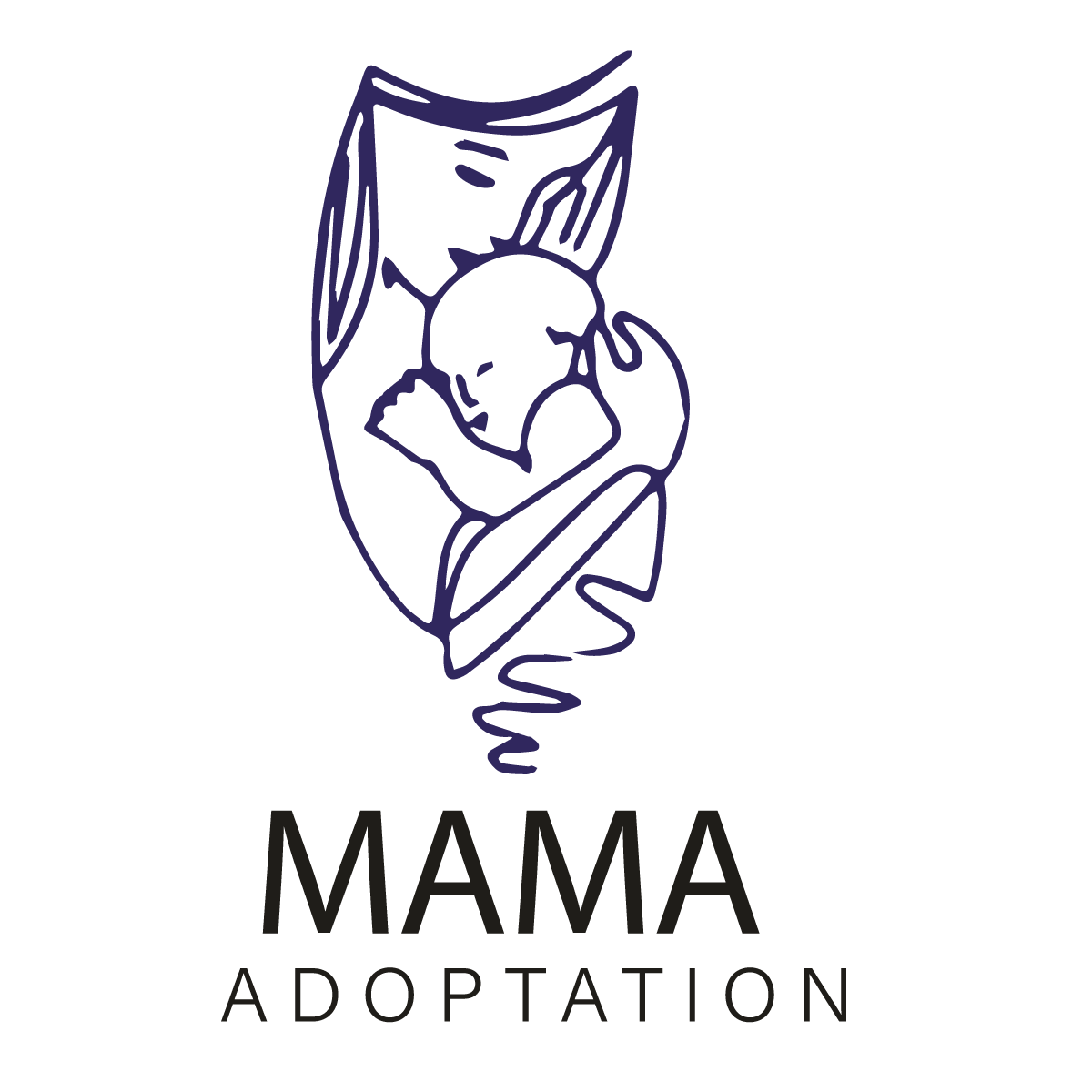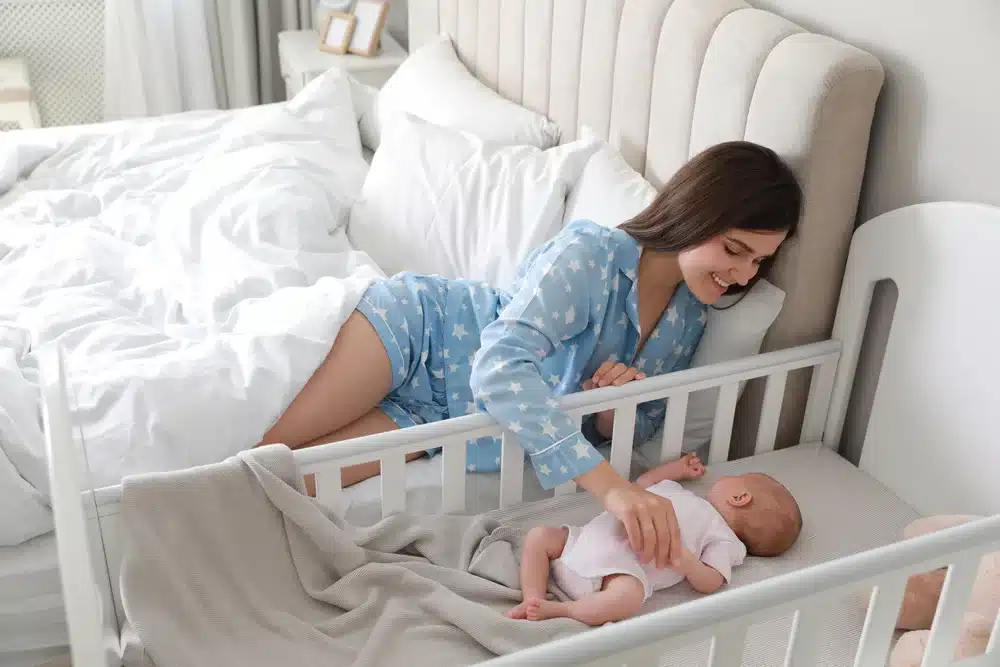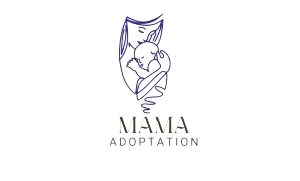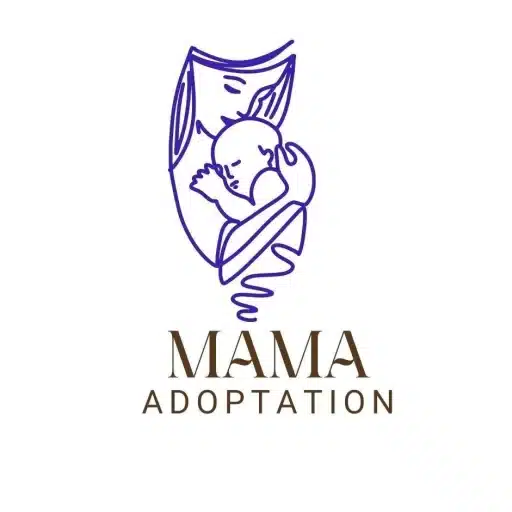When preparing for the arrival of a new baby, one of the most important pieces of furniture you’ll need is a infant crib. Many parents opt for brand new cribs; others consider the more budget-friendly option of purchasing a used infant crib, but the common question that arises in the minds of new parents is “Is it safe to buy a used infant crib?”. The safety of your newborn is paramount, and the choice of crib plays a crucial role in ensuring their well-being.
As an expert pediatrician, I will mention some pros and cons of buying a used crib, provide you expert advice, and offer tips to make an informed decision. Let’s explore the world of used cribs and how to use them safely. Keep scrolling!
What are The Pros and Cons of Buying a Used Infant Crib
The Pros
There are some advantages of opting for a pre-owned infant crib for your baby, all while prioritizing safety and cost-efficiency.
1. Cost-Effective Solution
Buying a used infant crib can significantly reduce the financial burden of setting up a nursery. Baby gear can be expensive, and by choosing a second-hand crib, you can allocate more of your budget to other essential items like diapers, clothing, or even a college fund for your little one.
2. Environmental Friendliness
Using a pre-owned crib is an eco-conscious choice. By reusing an existing crib, you’re reducing the demand for new manufacturing and helping to minimize your carbon footprint. It’s a sustainable option that contributes to a healthier planet for your child’s future.
3. Tested and Proven
Many used cribs have already withstood the test of time and proved their durability. You can research the specific model to see if it has been reviewed favorably by other parents. This can provide peace of mind that the crib has a good track record.
4. Antique charm:
Some parents like antique, vintage infant cribs to have a pleasing aesthetic. They give the nursery personality and distinctiveness. A well-kept, vintage crib’s charm can make your baby’s room feel cozy and welcoming.
5. Safety Criteria:
Although older cribs might not satisfy the most recent safety requirements, they can frequently be upgraded to do so. You may preserve safety while still taking advantage of the advantages of a secondhand crib by checking to make sure it is free from any missing or broken pieces and by buying an additional mattress that fits properly.
6. Customization Opportunities:
You have the chance to personalize a used crib to your liking. You can paint it in the color that matches your nursery’s decor, add decals, or make other modifications to make it uniquely yours.
7. Immediate Availability:
Used infant cribs are typically accessible for use right away as compared to brand new cribs that might need to be bought, put together . For parents who have little time to prepare for the baby’s arrival, this can be extremely convenient.
Read Also: Do baby crib mattresses expire? (And When to Replace It)
The Cons
While buying a used infant crib it can be a cost-effective and environmentally friendly choice, but it’s essential to consider the potential drawbacks and safety concerns associated with older cribs.
1. Outdated Safety Standards:
One of the most significant concerns with old cribs is that they may not meet current safety standards. Over the years, crib safety regulations have evolved to address potential hazards and risks. Older cribs may lack features that are now considered essential for a baby’s well-being, such as slat spacing, corner post height, and drop-side mechanisms.
2. Product Recalls:
Older cribs are more likely to have been subject to recalls. It’s crucial to research the specific model and brand to check for any recalls, as they can pose significant safety hazards for your child.
3. Wear and tear:
Used cinfant ribs have already experienced some degree of wear and tear, which can affect their structural integrity. Components may become loose, hardware may be missing, or the crib may have suffered damage over the years, compromising its safety.
4. No Warranty:
Unlike new cribs, which often come with warranties or return policies, used cribs are typically sold “as is.” This means that if any issues arise, you won’t have the same recourse for repair or replacement that you would with a new crib.
5. Potential for Lead Paint:
Older cribs may have been painted with lead-based paint, which is a serious health hazard for infants. Ensuring that the crib’s paint is lead-free can be challenging, and stripping and repainting the crib is not a foolproof solution.
6. Limited Lifespan:
An older crib may not last as long as a new one, meaning you may need to replace it sooner. Investing in a new, durable crib can save you money and hassle in the long run.
7. Assembly Complexity:
Older cribs may be more challenging to assemble due to outdated instructions or missing parts. This can be frustrating and time-consuming for expectant parents.
8. Lack of Modern Features:
New infant cribs often come with modern features such as adjustable mattress heights, built-in storage, and convertible designs that allow the crib to grow with your child. Older cribs may lack these conveniences.
Hygiene and Cleanliness:
Old infant cribs may have been exposed to various environmental factors and may have accumulated dust, allergens, or even mold over time. Properly cleaning an old crib can be a labor-intensive task, as it requires thorough disinfection, washing, and sanitizing of all components, including the mattress. Failure to clean it properly can lead to health issues for your baby, particularly if they have allergies or sensitivities.
Read Also: Where should baby sleep if you have no cribs? (5 Best Alternatives)
Expert Advice on Buying a Used Infant Crib
I reached out to experts in child safety and parenting to gather their insights on the safety of buying used cribs.
Dr. Sarah Parker, Pediatrician
“Parents should exercise caution when considering a used cinfant rib. Ensure it meets the latest safety standards, has all its parts, and isn’t damaged. Avoid cribs with drop-down sides, as these are considered highly unsafe. If you’re uncertain about its history, it’s often safer to invest in a new crib to guarantee your baby’s safety.”
Jane Mitchell, Child Safety Advocate
“Inspect the infant crib thoroughly. Check for recalls on the manufacturer’s website, and verify that it hasn’t been involved in any accidents. Make sure the crib’s slats are no more than 2-3/8 inches apart to prevent entrapment. Always buy from a trusted source, and consider purchasing a new mattress for hygiene reasons.”
Lisa Adams, Mother of Two
“I bought a used infant crib for my first child, and it worked out fine. But for my second, I wanted peace of mind, so I decided to invest in a new crib. The safety standards had changed, and I didn’t want to take any risks. Knowing my baby was sleeping in a brand-new, safe crib was worth the extra cost.”
15 Tips for Safe Second Hand Infant Crib Shopping
Shopping for a second-hand infant crib can be a cost-effective choice, but ensuring the safety of the crib is paramount. Here are some essential tips to follow when purchasing a used crib for your baby:
- Research Safety Standards: Familiarize yourself with the latest safety standards for cribs. The U.S. Consumer Product Safety Commission (CPSC) sets these standards, and they have evolved over time. Ensure the crib you’re considering meets these standards, particularly in terms of slat spacing, corner post height, and drop-side mechanisms.
- Check for Recalls: Look up the specific make and model of the crib to check if it has been subject to any recalls. If it has, do not purchase it, as recalled cribs can pose safety hazards.
- Inspect Thoroughly: When viewing the infant crib in person, inspect it closely. Look for signs of wear and tear, such as loose or missing hardware, cracked wood, or chipped paint. Ensure there are no sharp edges or protruding parts that could harm your baby.
- Slat Spacing: Measure the distance between the crib slats. They should be no more than 2 3/8 inches apart to prevent a baby’s head from getting stuck between them. Wider slats can be dangerous.
- Corner Posts: Check the corner post height. If the crib has corner posts, they should not extend more than 1/16 inch above the crib’s end panels. Anything taller can pose a risk of entanglement.
- No Drop-Side Cribs: Avoid cribs with drop-side mechanisms. These have been banned in the United States due to safety concerns. Look for infant cribs with fixed sides, which are more secure.
- Stability: Shake the crib gently to check for stability. It should not wobble or feel unsteady. A stable crib reduces the risk of tipping over.
- Mattress Fit: Ensure that the crib mattress fits properly with no gaps around the edges. A tight well fitted mattress reduces the risk of SIDS.
- Lead-Free Paint: If the infant crib has been repainted or refinished, verify that the paint used is lead-free and non-toxic. Lead paint is harmful to infants.
- Assembly Instructions: Ask the seller if they have the crib’s original assembly instructions. Proper assembly is crucial for safety, and having the instructions can make the setup easier.
- Mattress Condition: Examine the condition of the crib mattress. It should be firm, clean, and free from damage, mold, or odors. Consider purchasing a new mattress if the one provided is questionable.
- Bumper Pads and Soft Bedding: Do not use bumper pads, pillows, or soft bedding in the crib, as these items can pose suffocation hazards. The American Academy of Pediatrics suggests not to use these bumpers.
- Safe Placement: Once you have the infant crib at home, ensure it’s placed away from windows with cords, blinds, or curtains, as these pose strangulation risks.
- Regular Maintenance: After purchasing the crib, regularly inspect and maintain it to ensure it remains in good condition.
- Research the Manufacturer: Look up the crib’s manufacturer and model to check for any recalls or safety concerns.
Conclusion:
Is it safe to buy a used infant crib? The answer is not a simple yes or no. While it’s possible to find a safe and budget-friendly option, it requires careful research, inspection, and adherence to current safety standards. Your baby’s well-being is paramount, and it’s worth the extra effort to guarantee their safety.
When in doubt, consult with experts, and don’t hesitate to invest in a new infant crib for peace of mind. Ultimately, your baby’s safety is a non-negotiable priority, and making the right choice when it comes to their sleeping environment is a crucial step in ensuring their health and happiness.
FAQ’s
Q1: Is it okay to utilize a infant crib that was passed down from relatives or friends?
Although borrowing a crib from a family member or friend you can trust is generally safe, you should still adhere to the same safety precautions you would when utilizing a brand-new infant crib. Check for recalls, make sure everything complies with current safety regulations, and perform a thorough inspection for wear and tear.
Q2: Is it possible to paint or repair an antique infant crib in order to make it suitable for my child?
You can refinish or repaint a crib, but you must take caution and choose non-toxic, lead-free paint. Remember that poor painting can endanger your baby’s health, so it’s better to get professional advice if you intend to refinish.
Q3: Are vintage infant cribs safe to use for my baby?
Vintage cribs can be used if they meet current safety standards. However, it’s important to check the specific model for recalls and ensure it has no missing or broken parts. Older cribs may lack some safety features found in modern designs, so be cautious and consider potential modifications.
Q4: What should I do if I can’t find the infant crib’s original assembly instructions?
If you cannot find the original assembly instructions, try reaching out to the manufacturer or checking their website. Many manufacturers provide assembly instructions online. If that’s not possible, consider consulting with a professional for safe assembly.
Q5: Is it ever safe to utilize drop-side cribs?
No, drop-side cribs are not thought to be safe and are now prohibited in the US due to various safety issues. It is best to stay away from them completely and choose cribs with fixed sides instead.
Q6: Is it better to get a new crib mattress instead of a used one?
Even if you’re using a used crib, it’s typically advised to get a new crib mattress. An updated mattress assures cleanliness and complies with safety regulations. It can be okay to use the used mattress with the crib if it is in excellent shape and fits snuggly, but use caution and look for any signs of wear or damage.
Q7: What should I do if I find recalls or safety concerns with the used crib I already purchased?
If you discover recalls or safety issues with a used crib you’ve already purchased, stop using it immediately. Contact the manufacturer or the CPSC to inquire about potential remedies or recalls. Your baby’s safety should always come first.
Q8: How often should I inspect and maintain a used infant crib for safety?
It’s advisable to inspect and maintain the crib regularly. Check for loose hardware, damaged parts, or any signs of wear and tear. Perform these checks at least every few months to ensure your baby’s safety.
Q9: Can I use crib accessories, like mobiles and toys, with a used crib?
It’s best to avoid attaching additional accessories to the crib, as they can pose safety hazards. Follow guidelines for safe sleep, which recommend keeping the crib free of any objects, except for a fitted sheet.
Q10: Can I get the used infant crib professionally inspected for safety?
Yes, professional crib inspections are available in some areas. Consider seeking the services of a certified child safety expert or a professional who specializes in crib inspections to ensure the crib’s safety.
Read Also: Do baby crib mattresses expire? (And When to Replace It)
Read Also: Why Does My Baby Spit Up after Laying Down? (Causes and Treatments)
Read Also: 10 Common Chemicals in Baby Wipes You Might Want to Avoid!








